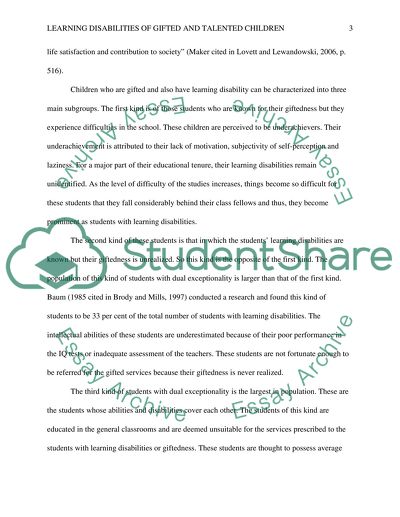Cite this document
(“Learning Disabilities of Gifted and Talented Children Research Paper”, n.d.)
Learning Disabilities of Gifted and Talented Children Research Paper. Retrieved from https://studentshare.org/education/1439848-learning-disabilites-of-gifted-and-talented
Learning Disabilities of Gifted and Talented Children Research Paper. Retrieved from https://studentshare.org/education/1439848-learning-disabilites-of-gifted-and-talented
(Learning Disabilities of Gifted and Talented Children Research Paper)
Learning Disabilities of Gifted and Talented Children Research Paper. https://studentshare.org/education/1439848-learning-disabilites-of-gifted-and-talented.
Learning Disabilities of Gifted and Talented Children Research Paper. https://studentshare.org/education/1439848-learning-disabilites-of-gifted-and-talented.
“Learning Disabilities of Gifted and Talented Children Research Paper”, n.d. https://studentshare.org/education/1439848-learning-disabilites-of-gifted-and-talented.


